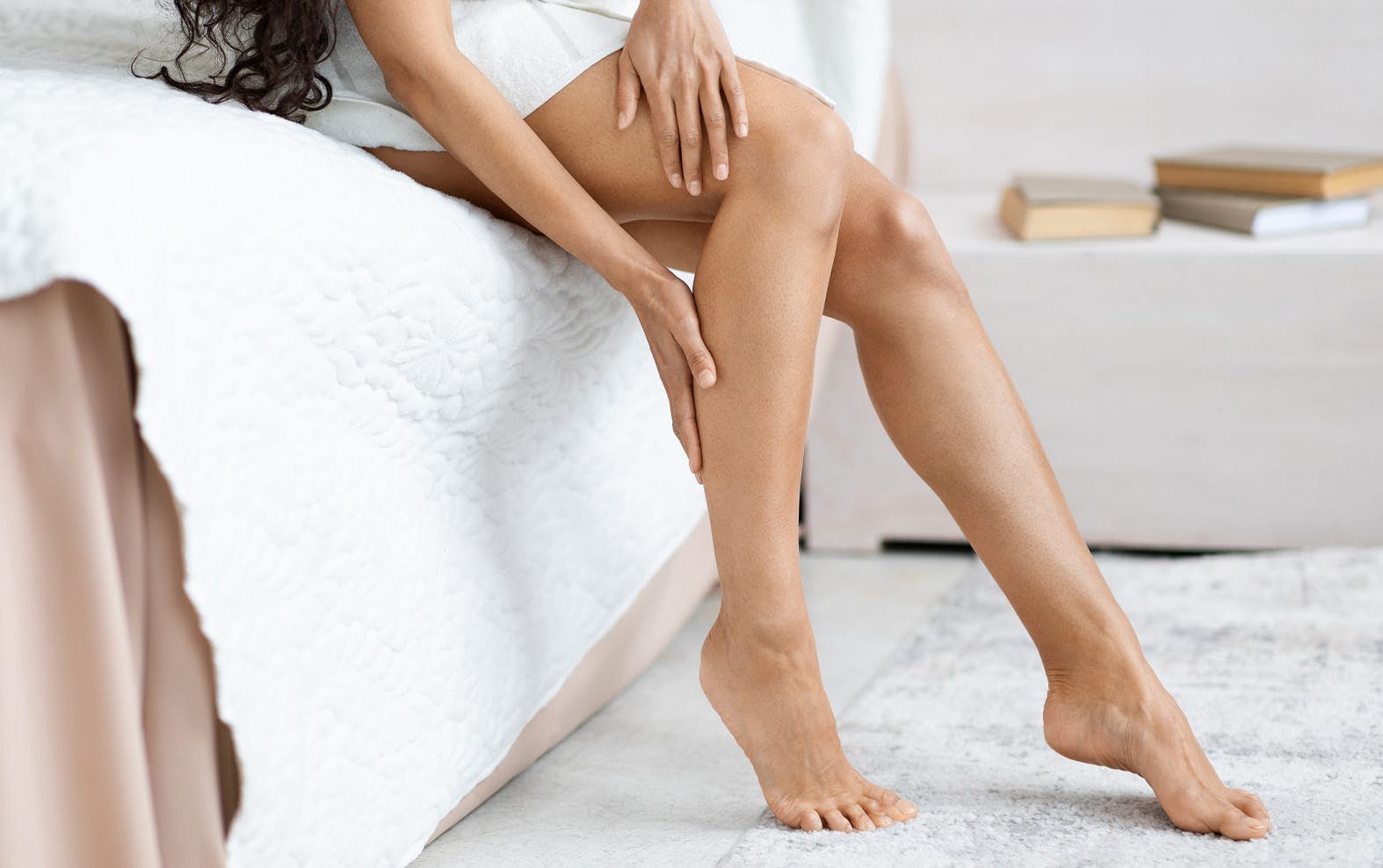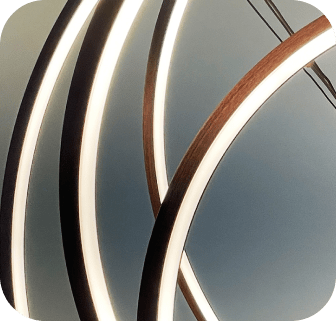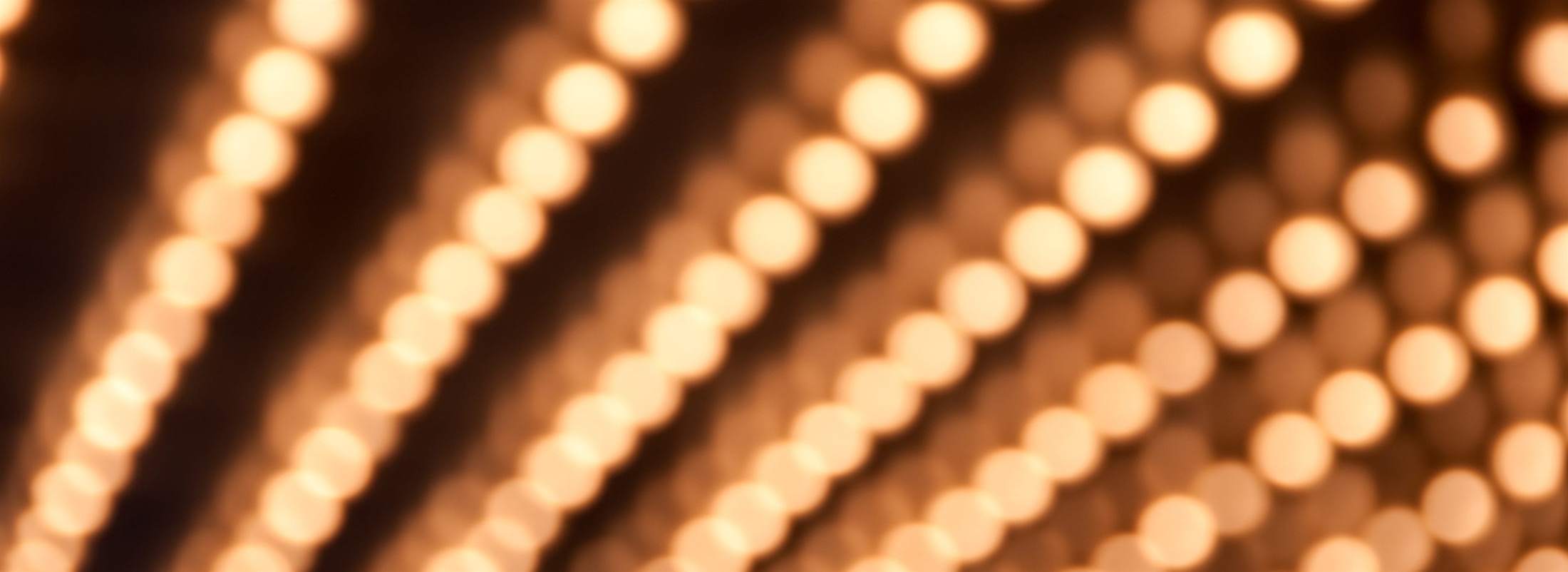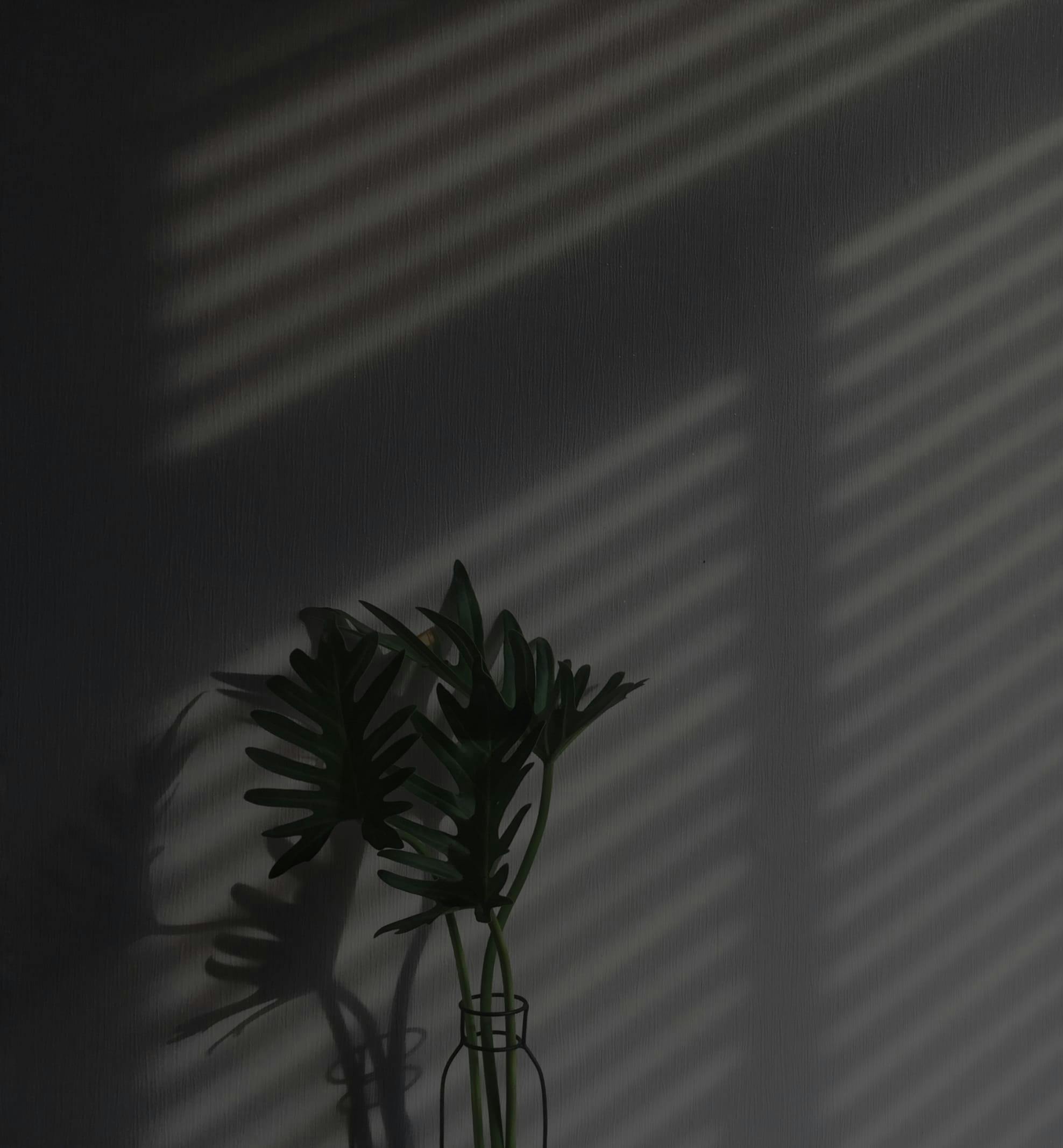Our office specializes in treating women of Middle Eastern background. Ranen has made it a focus of hers to treat Middle Eastern women’s beauty and skin needs.
Hair Removal Practices among Middle Eastern Women: Traditions, Preferences, and Laser Solutions
According to some Islamic scholars, it is better to remove unwanted body hair. In the past techniques would include female beauticians visiting the home which would provide the women with hair free bodies as well as much needed privacy. The traditional hair removal process was called Halawa which is a type of home-made wax which helps remove hair. The problem with this technique is that stubble can persist and pigmentation changes can still be seen afterwards. Another issue with Halawa is that ingrown hairs and folliculitis can persist. Women of middle eastern background have a variety of skin complexions and hair types. The most difficult hair type to remove hair from is dark thick coarse hair. This type of hair is most resistant to laser therapy and may require additional treatments. The key for treating thicker darker hair is that the fluence (power of the laser) must be strong enough to penetrate to the hair to destroy the hair bulb. With continued treatments patients can note that hair should become thinner and more vellus in appearance. The last several treatments of laser hair removal sometimes require a different type of laser if the complete topgraphy of the hair has changed.
